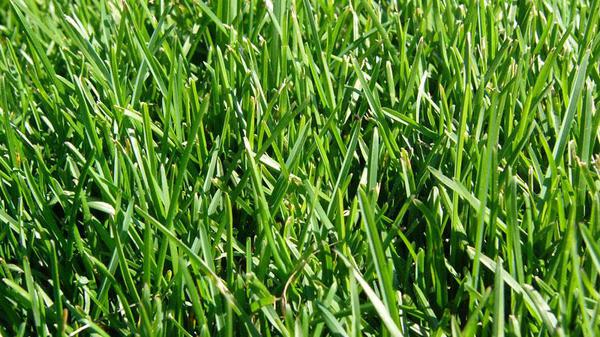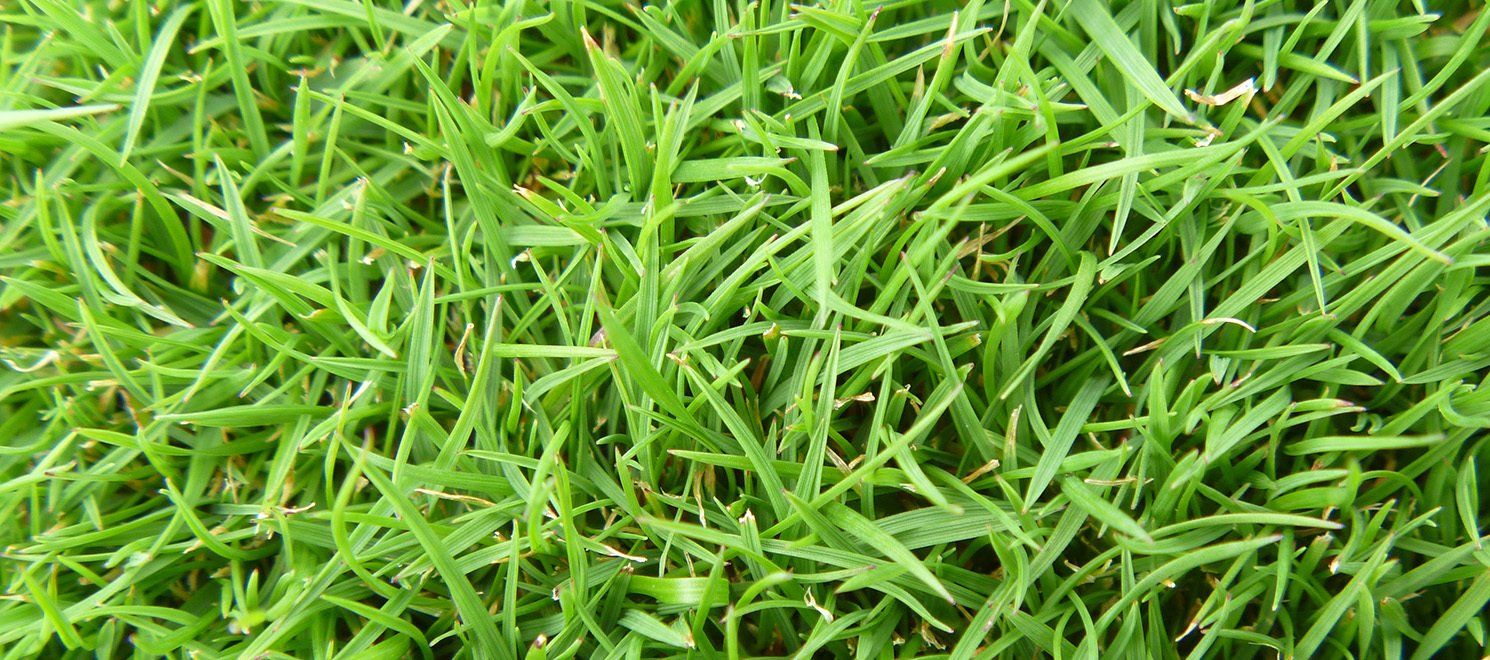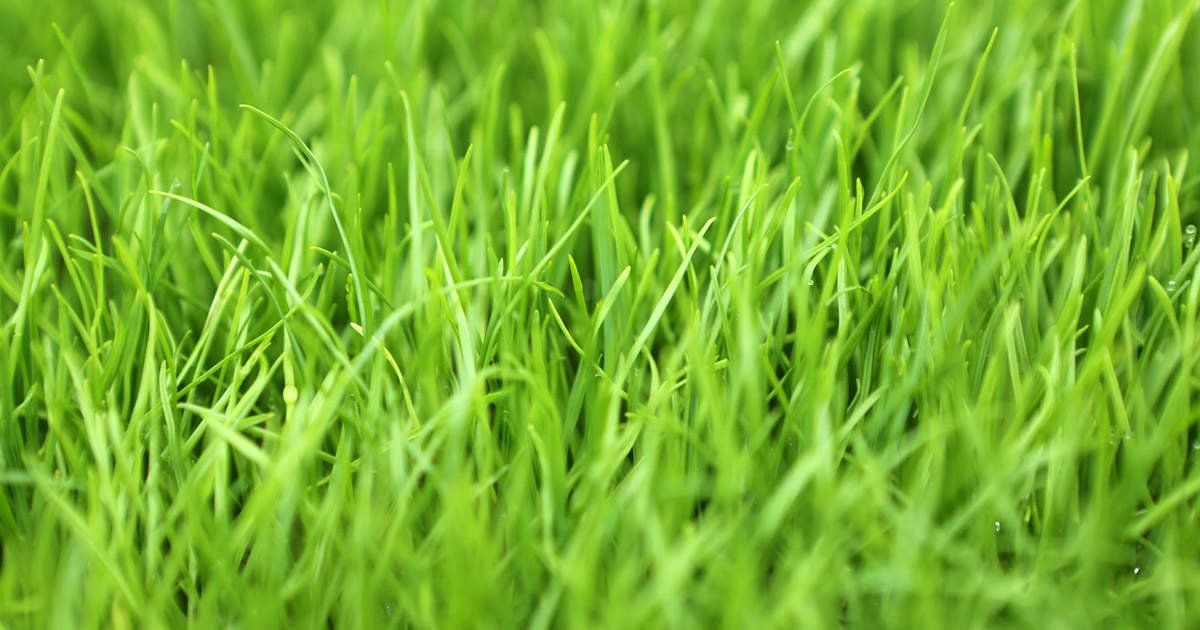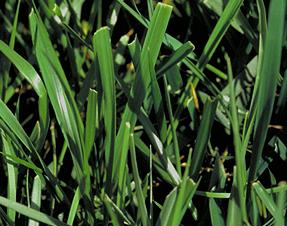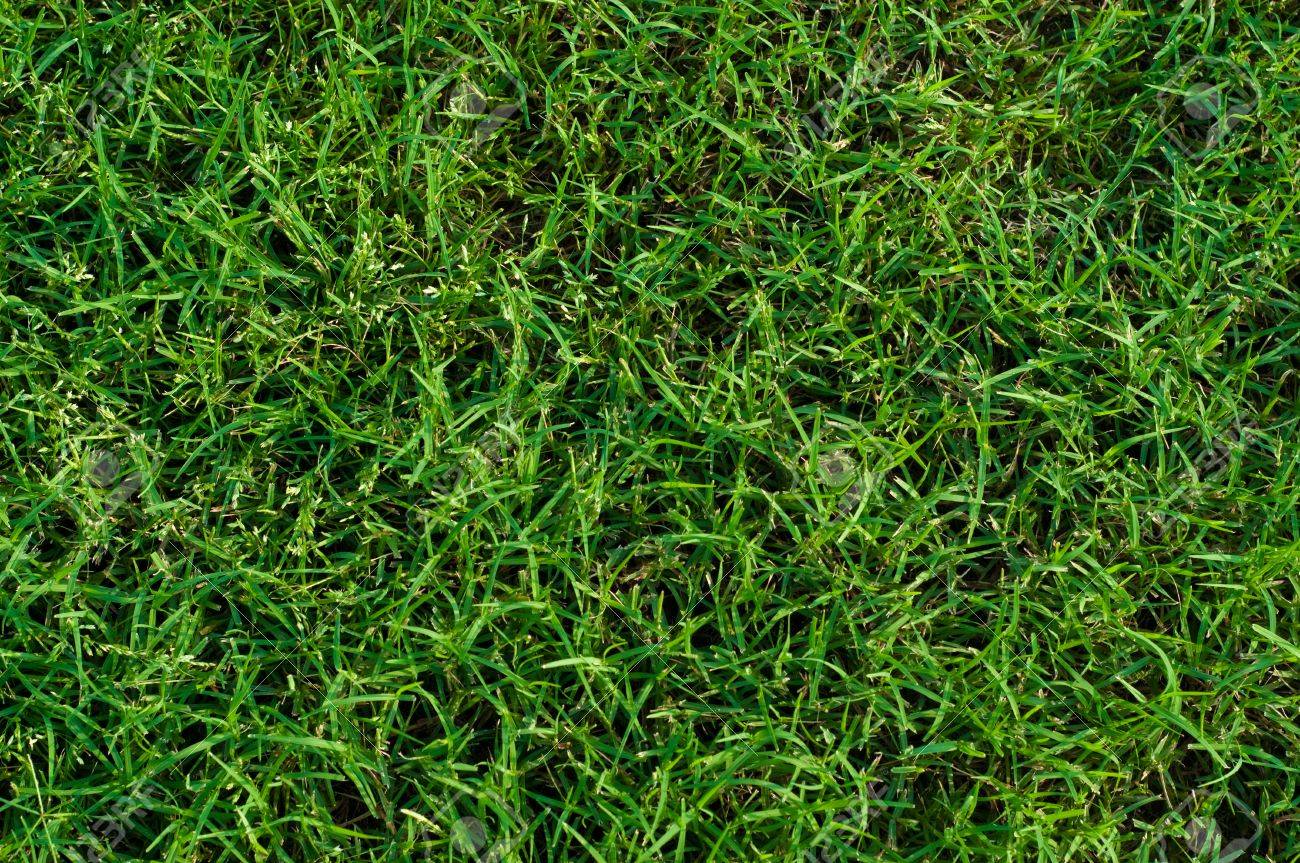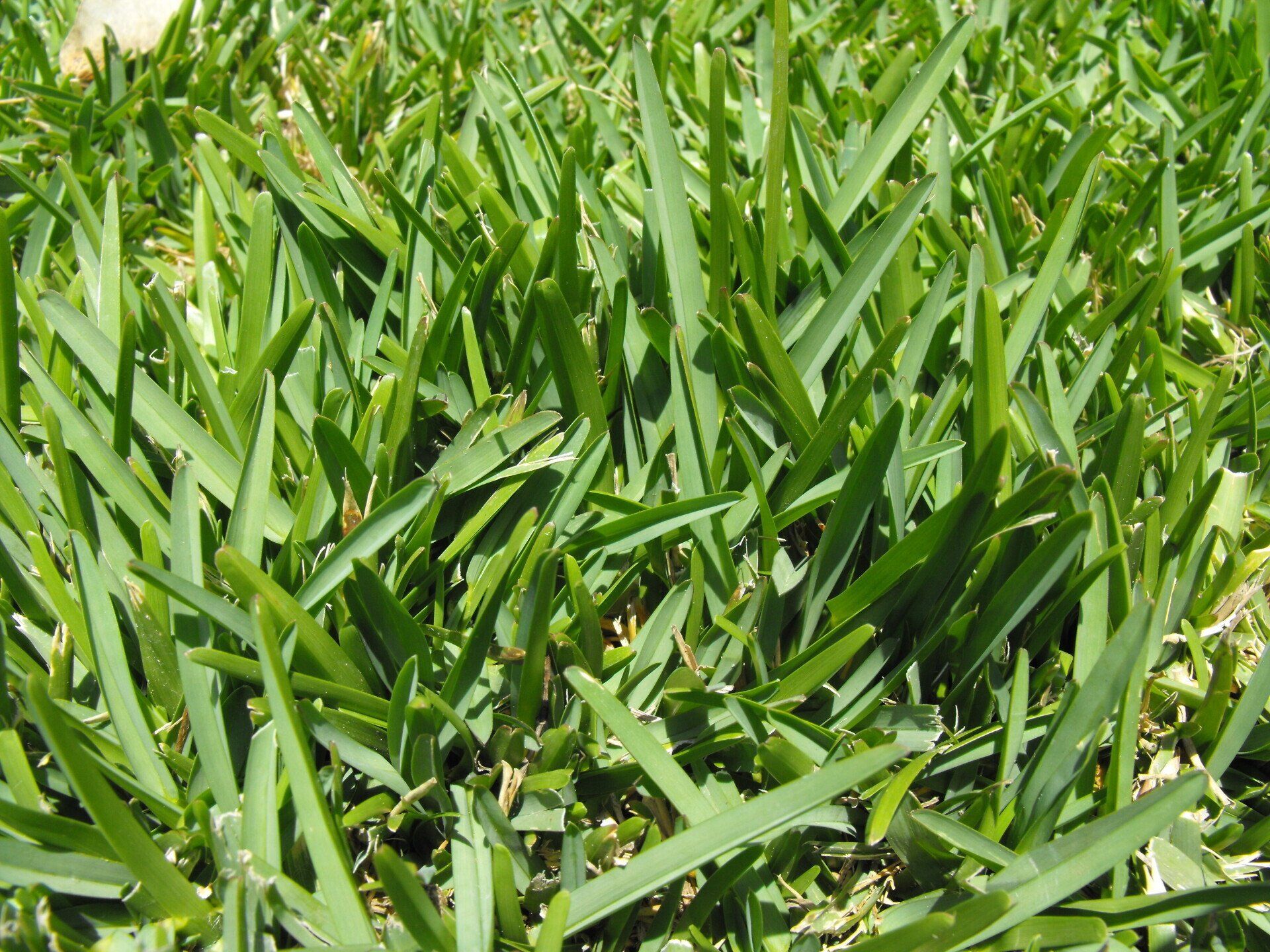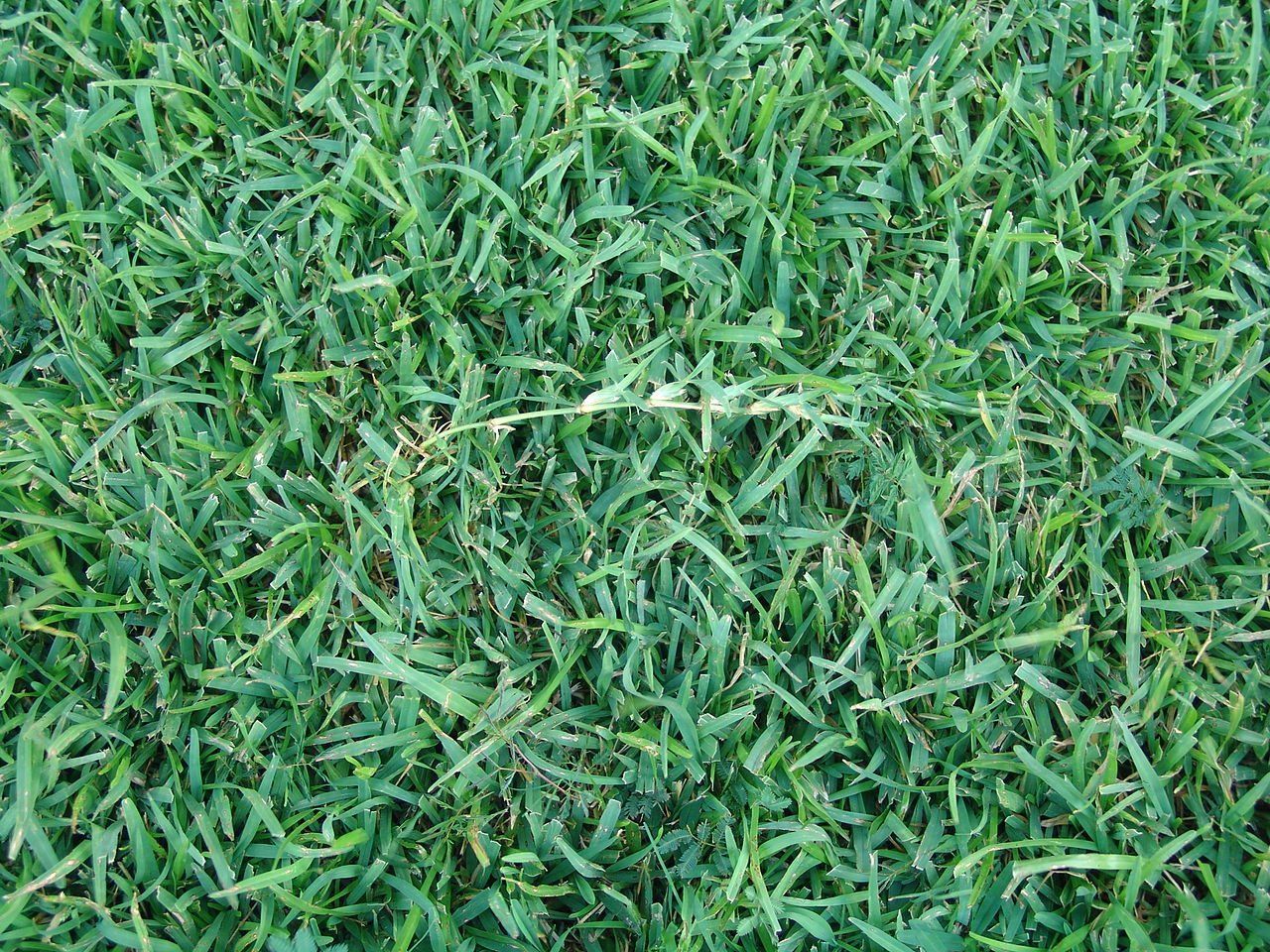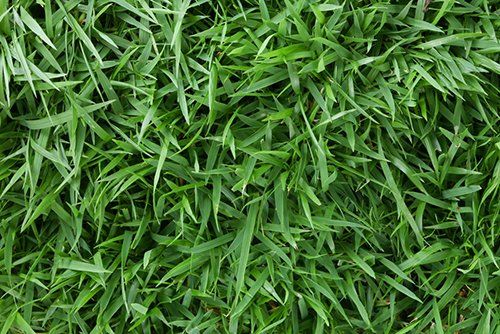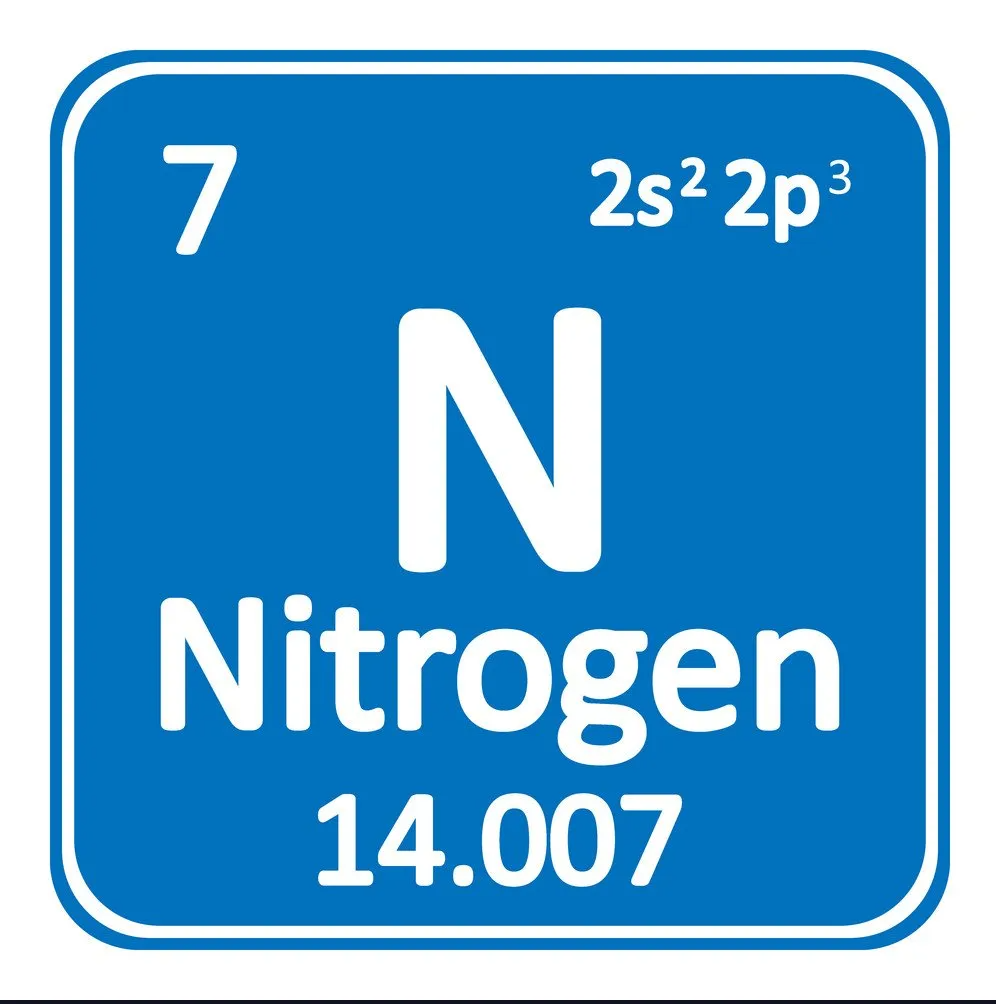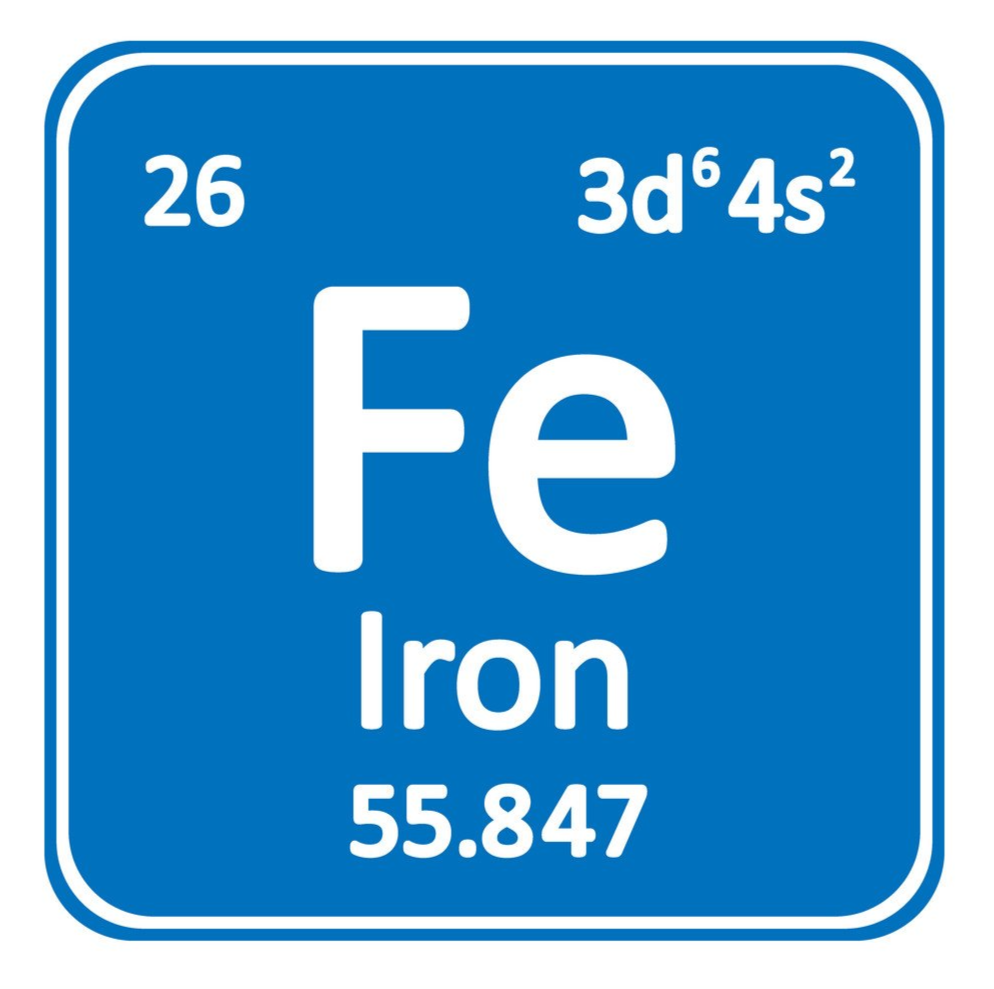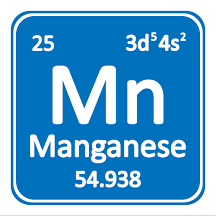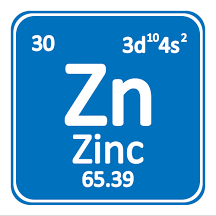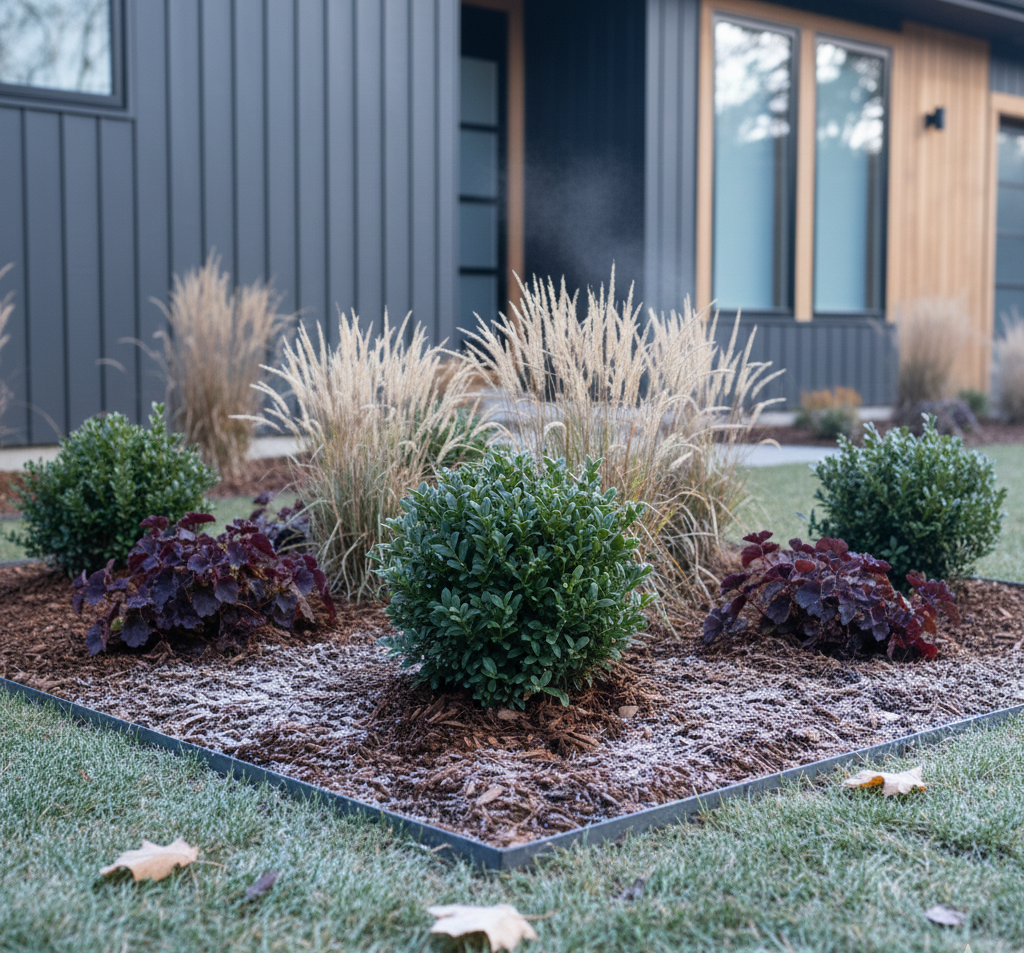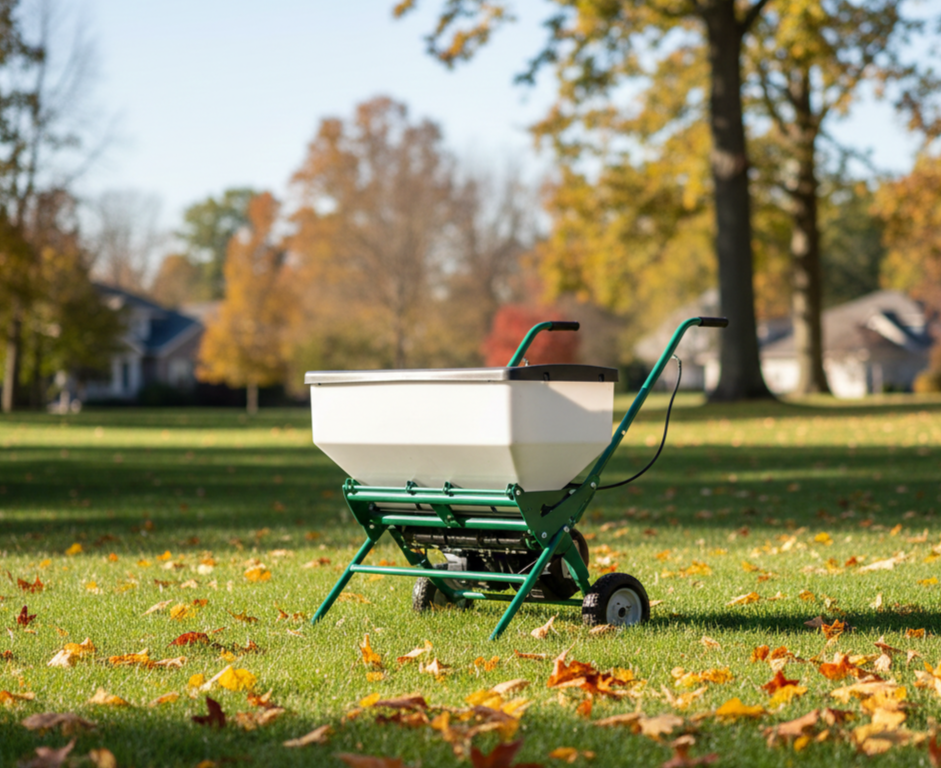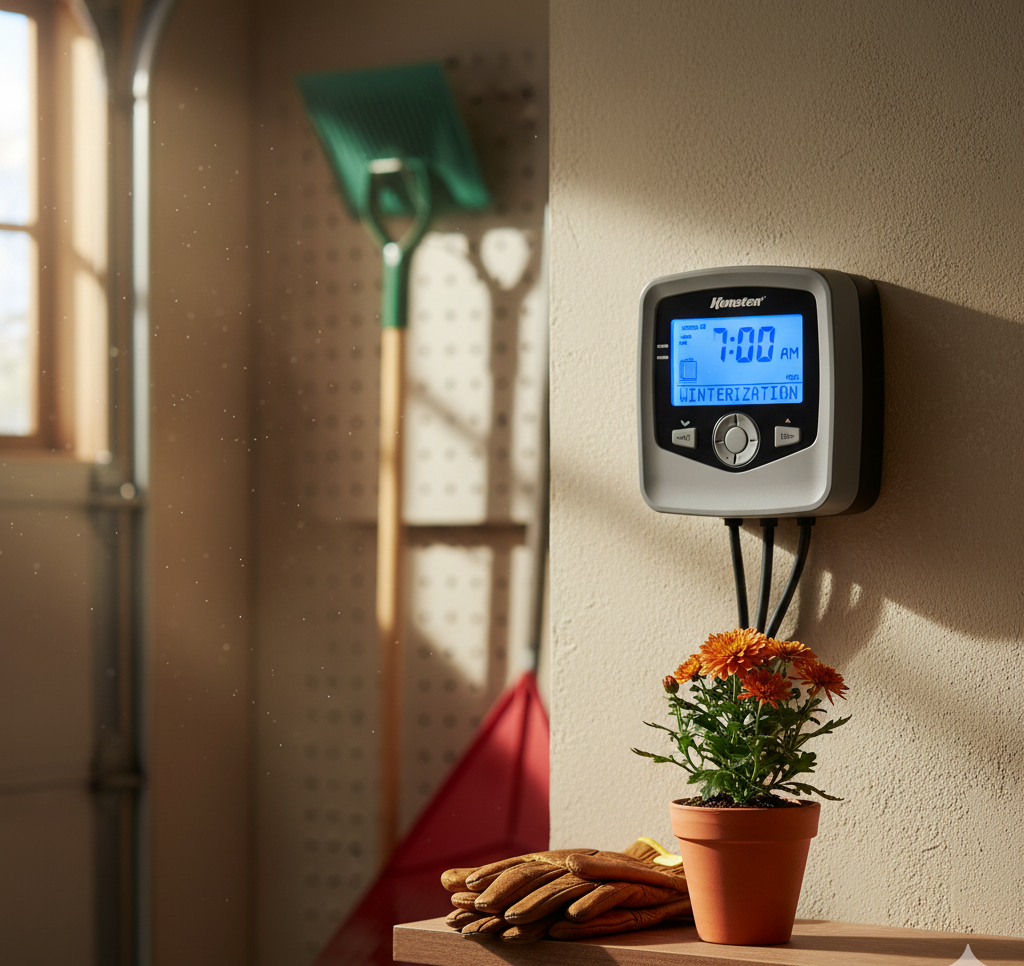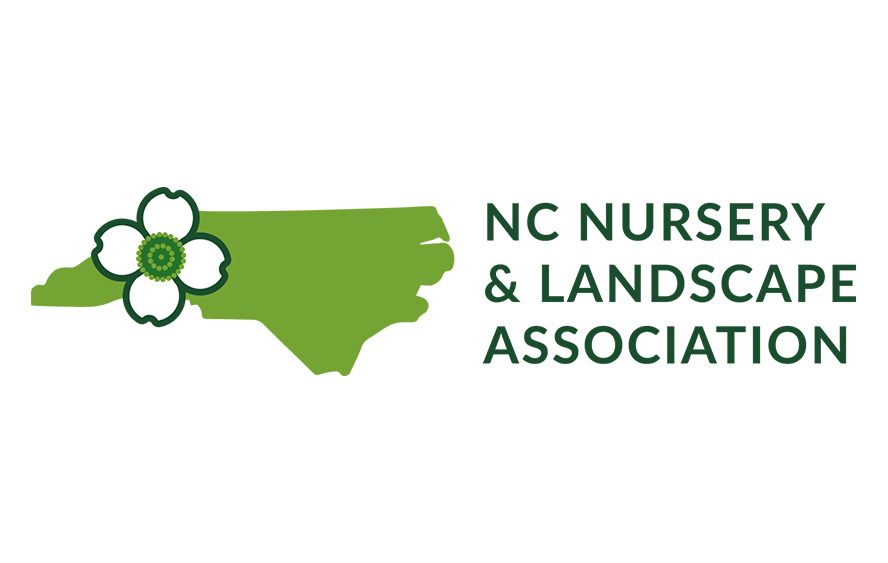Fertilizing your lawn?
Your lawn is your happy place where you like to spend quality time with your family and friends. You know you have invested your time and money on making a lush green lawn but making is not everything you have to maintain it very often. You have to take care of your lawn like a baby. Choosing the right seed, following a proper watering schedule, and determining adequate fertilizers should be the part of nurturing process.
Frequent fertilizing is necessary for maintaining a beautiful bright green appearance, healthy and defends against insects and various plant diseases.
However, fertilizing schedule should follow the below-mentioned steps:
- Apply an Adequate Fertilizer
Choosing a slow-release nitrogen fertilizer would be the best fertilizer for your lawn because it feeds the grass equally, lessens growth flushes that make mowing difficult, and minimizes the possibility for nutrients to abandon your lawn prematurely.
- Apply a Balance of Fertilizer
Following the instructions, an adequate balance of fertilizer should be used for your lawn. If you fertilize overly it can grow the grass rapidly and can impose negative aftermaths on the environment. In the worst-case scenario, it could burn the grass and can elevate the pest problems which are trying to solve for a long ago.
However, on the other hand, if fertilizer is used in less quantity it doesn’t build resistance to fight against wee, insects, and various plant diseases.
- Apply Fertilizer at an Ideal Place
Adequate place means your lawn area only, usually while spreading fertilizers it ends up on driveways, sidewalks, and on streets. It is better to sweep this fertilizer back to the lawn area or put it back in the bag because if these fertilizers don’t remove in time it would harm the environment. It can be submerged into water bodies through drainage.
- Apply Fertilizer at Right Time
The adequate time of fertilization depends on the type of grass and the location of fertilization. When fertilization matches with the natural growth process of the type of grass it yields maximum results which means grass tends to be more healthy and dense.
The process of fertilization according to the season coincides with the type of grass is as below:
Cool-season Grass
Kentucky bluegrass, Bentgrass, Ryegrasses, and Fescue are the cool-season grass, and the right time to fertilize this type of grass is fall and spring immediately after their robust growth periods.
During spring when the weather is cold, avoid fertilizing until the grass starts greening-up or starts growing up.
While during late summer, fertilizing cool-season can weaken the turf and leads to plant diseases.
Warm-season Grass
Bermudagrass, St. Augustinegrass, Centipedegrass, Zoysiagrass, Bahiagrass, and Carpetgrass are the warm-season grass. The ideal time to fertilize this type of grass is from spring through summer. The fall season is also acceptable in some areas of the south where there are longer growing seasons.
Waiting till the second mowing is done in the spring for warm-season lawns would be beneficial because it ensures the active growth of the grass.
In fall, ensure fertilization at least 6 weeks before the first frost of the season. Following the fertilization guide would enable you to have a track of the fertilization time and proportion. Make sure fertilize in the right quantities because fertilizing too early or too late would weaken the turf and become a root cause of diseases.
"For the healthy growth of the lawn, the right balance of nutrients is the essential factor"
Why it is Essential to Fertilize a Lawn?
For the healthy growth of the lawn, the right balance of nutrients is the essential factor. That is why it is necessary to fertilize the lawn. Many lawns over the period start leeching out nutrients from the soil and sometimes owing to rainfall or irrigation nutrients loses their grip from the soil and washed out because of their water-soluble characteristic. All these factors leave the lawn nutrient deficient and prone to diseases and unhealthy growth. In some cases where the soil does not produce naturally occurring nutrients for turf’s natural growth then fertilizers took place to maintain healthy grass growth.
What Types of Fertilizers Do You Need for your Lawn?
Your lawn requires the composition of both macronutrients and micronutrients in your fertilizer for a beautiful dense lawn.
Macro Nutrients
- Nitrogen (N) is the most important nutrients for the healthy, vigorous growth of the grass and usually, its quantity is much higher than any other nutrients. Deficiency of Nitrogen would turn your lawn yellow and attack by weeds.
- Nitrogen fertilizers have two basic forms – Fast release and slow release which provide rapid green-up and constant growth.
- Fast release nitrogen is known as WSN – Water-soluble nitrogen such as ammonium sulfate and urea. They have the tendency to be immersed in the grass and resulting in quick green-up. However, if spread improperly, it will burn the lawn. In the worst-case scenario, it would also pollute the environment by causing pollution.
- Slow-release nitrogen is known as WIN – Water-insoluble nitrogen such as animal urea, methylene urea, and sulfur-coated urea. It provides more sustained growth and is released slowly and evenly to the grass.
- Phosphorus (P) is essential to create a new lawn. In fertilizers, it is given in phosphate form (P2O5). Unlike nitrogen, phosphorus does not leak through the soil. Moreover, phosphorus is already available in the right amount for healthy turf. Just like other nutrients, phosphorus also gets wiped off from the soil by heavy rainfall, over-watering, and irrigation.
- Potassium (K), is available in several fertilizers as potash (K2O4). It is the best nutrient and acts as disease resistance and keeps the hardness of the soil. However, it is already available in most soils so very little amount of potassium is needed to add to the soil.
Micro Nutrients
As compare to macronutrients, the proposition of Micronutrients is less, however, their presence cannot be negligible.
- Iron (Fe) is significant for chlorophyll formation, photosynthesis, and nitrogen metabolism. The right usage of iron provides a deep green color to the turf. If fertilizer is a deficit of iron it may lead to yellowing of the grass.
- Manganese (Mn) enables root elongation and lateral root formation. Deficiency of Manganese in your lawn would lead to reduced rates of photosynthesis, reduced root and shoot growth rate, and prone to plant disease.
- Zinc (Zn) is accountable for enzyme activation, chlorophyll formation, growth hormone regulation, cell growth, and seed formation. Depending upon the enzyme, warm-season grasses grow well under high temperatures.
What are the Different Ways to Fertilize your Lawn?
The two main ways of fertilization are liquid applications and granular. Both of these types have their advantages and disadvantages.
Advantages of Liquid Applications
Liquid applications can easily be diluted in water and spread all over the lawn. As it spread rapidly it also yields rapid growth in the grass. Unlike granular fertilizer, liquid fertilizer is less costly.
Disadvantages of Liquid Applications
Liquid applicators often leach fast when applied in higher quantities. However, it requires comparatively more application than granular. It also burns your lawn if used unevenly.
Advantages of Granular Fertilizer
It is the best recommendation for most homeowners because of its time-released formula and high margin for error. Chances of nutrients from the soil to get leached by the fertilizer are less and also chances are less to burn your lawn.
Disadvantages of Granular Fertilizer
Granular usually show up late results as compare to liquid applicators but do not require frequent application. However, these types of fertilizers are often expensive.
Lastly, Some Important Fertilizer Tips
- Watering the lawn a few days before fertilization is a mandatory step.
- Grass blades should be dried out before application of fertilizer otherwise it will burn the lawn.
- Filling the spreader on the driveways would be recommended to sweep the spills if any.


